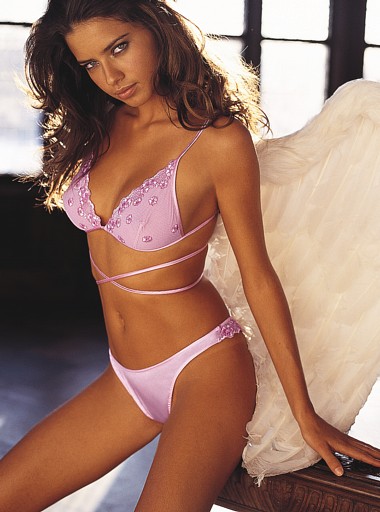
When comparing the tattoos between the various identified groups, cross-pollination of tattoo styles becomes immediately apparent. Christian imagery is found on war tattoos, prison and biker tattoos and mainstream tattoos. Flowers, in particular roses, animals, hearts and daggers appear throughout all groups. Literal tattoos cross all boundaries as well, with the possible exception of neo-primitive tattoos. Memorial tattoos in particular are a common style to many of the tattooed.
Tattoos to American servicemen in the First and Second World Wars were popular symbols of patriotism and nationalism, group identity and reminders of home; they were the immediately identifiable tags of a veteran. But they could also be symbols of protest against the war or the military establishment and were often symbols of loss or grieving. For incarcerated prisoners, tattooing can be both an act of defiance and a personalization of the body, an act of “free-will” in a place where freedoms are restricted. Punk tattoos are part of a lexicon of street symbols that celebrate subcultural difference and marginalization, anti-establishment sentiment and visible protest. Neo-primitive tattoos epitomize the creation of the self, where the body is ritualistically customized as both a rejection of modern societal values and a return to “worldviews that are more pure, authentic, and spiritually advanced than the traditional western outlook















